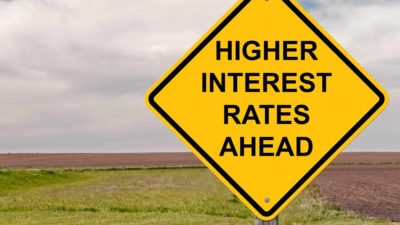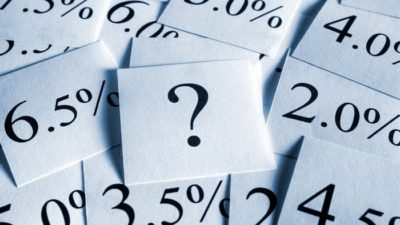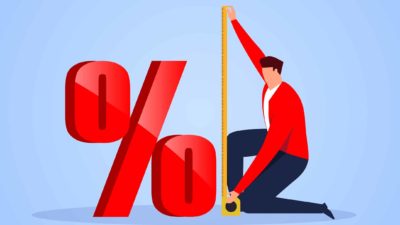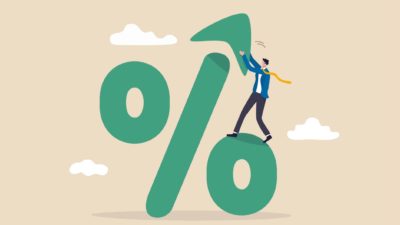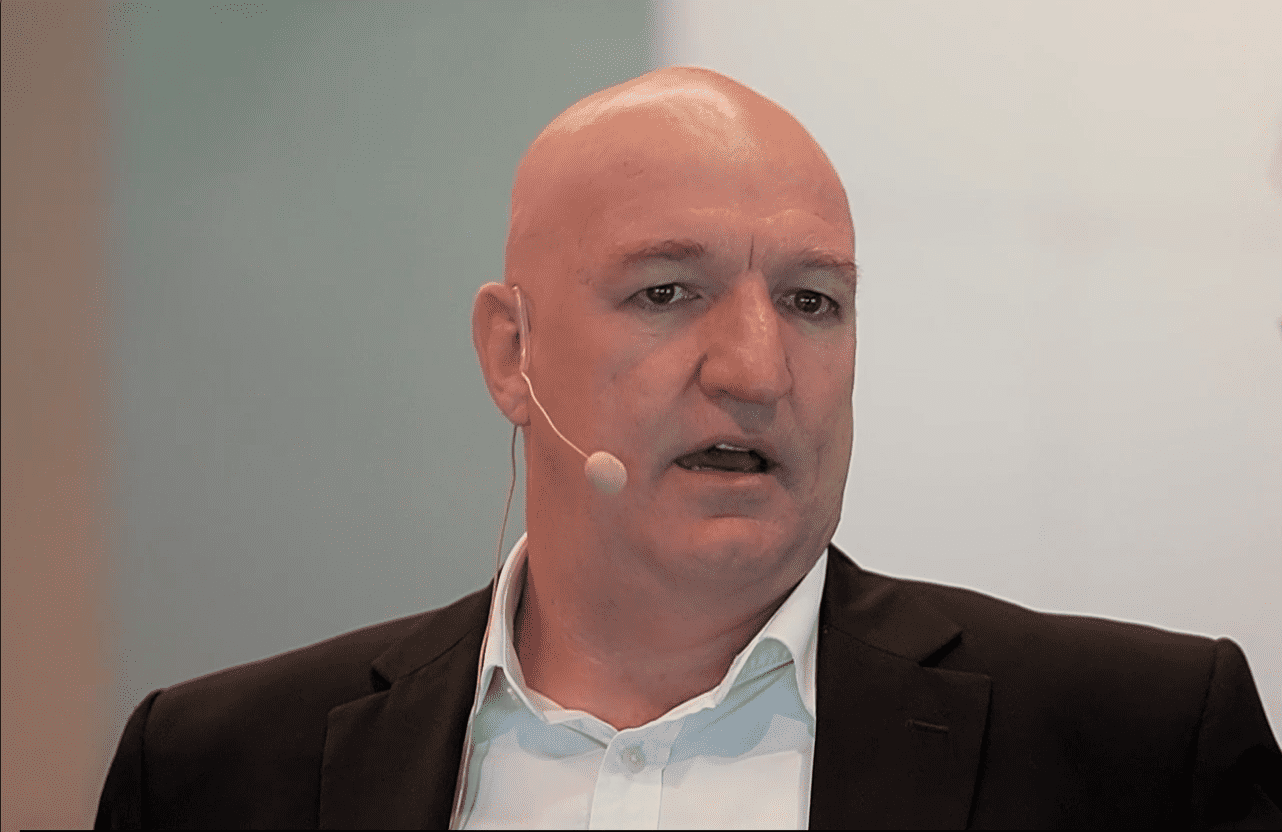Accounting giant KPMG has its finger on the pulse all things finance and the economy, so when it releases a report on interest rates, it's good to take note.
The firm expects the Reserve Bank of Australia (RBA) to cut its policy rate up to three times in 2025, driven by geopolitical tensions, potential oil price spikes, and their flow-on impact on the Australian economy.
What does this mean for Aussie stocks, measured by the S&P/ASX 200 index (ASX: XJO)? Let's dive in and see.
Why could the RBA drop interest rates?
Recent conflict overseas threatens to push global oil prices sharply higher, KPMG says, and this could potentially "shave between 0.15% and 0.20% off Australia's GDP this year".
Gross domestic product, or GDP, is a measure of a country's economic performance. And no, we don't necessarily want to see it drifting lower.
But in a weird way, this is a case of "bad news is good news". Why? Due to the RBA's response to lower economic growth, that is, lower GDP.
When the RBA senses the economy is set to slow, it pulls out its one major lever, which is to lower interest rates. This has several impacts, most notably, reducing the cost of borrowing, thereby stimulating the economy.
The thinking is, that this economic pressure, combined with other global uncertainties, like tariffs on trade, could push the RBA to thinking more about rate cuts in the near future.
But what would this look like?
KPMG notes that if there is a prolonged disruption to oil markets, caused by overseas geopolitical tensions, could see oil prices surge from around US$65 per barrel to US$130 by early 2026.
By our assumed end of the conflict (2026Q1) this higher oil price would shave global GDP growth about -0.1%, but Australia could be proportionately hit slightly harder given our higher dependence on oil.
Such a spike acts like a hidden tax on Australian households and businesses. It reduces spending power, since oil fuels sectors across the economy, especially in areas like transport and energy.
This kind of pressure (energy costs rising), if sustained, can dampen economic growth, forcing the RBA to weigh its options.
KPMG expects the RBA to look through any short-term inflationary impact of any oil shock, and combined with the fact that core inflation is now looking well entrenched in the target band and there is already an overall weakness in the Australian economy (especially the private side), we have revised down our cash rate forecasts for this year.
Our expectation now is that the cash rate will end the year at 3.1%, rather than 3.35%.
Last week, we covered KPMG chief economist Brendan Rynne's view on the situation after Australia's unemployment data was released.
Rynne also painted the scene for further rate cuts in the RBA's next meeting on July 7, after the June unemployment rate held firm at 4.1%, despite 2,500 Aussies posting job losses compared to May.
What else is influencing the interest rate outlook?
Beyond oil, the looming changes in US trade policy threaten to subtract another 0.3% from Australia's GDP by late 2025 and into 2026.
Meanwhile, the RBA itself noted the "weaker outlook for Australian GDP" in its May monetary policy meeting.
Given that the rapidly evolving and unpredictable global policy environment was creating more uncertainty than usual around the baseline forecasts, members also considered a range of alternative scenarios for how the Australian economy might evolve under different policy assumptions.
But even with this debate, the RBA cut the cash rate (Australia's policy rate, that is used to set market interest rates) by 0.25%, seeing it rest currently at 3.85%.
If KPMG is right, we could see another 0.75% drop by the end of this year. Time will tell.
Foolish takeaway
Many believe that lower interest rates are on the horizon, potentially easing mortgage repayments and encouraging business investment.
But nothing is set in stone, despite the push from experts like those at KPMG. If only we had a crystal ball.
As mentioned, the RBA meets next on July 7. Keep your eyes peeled then.

